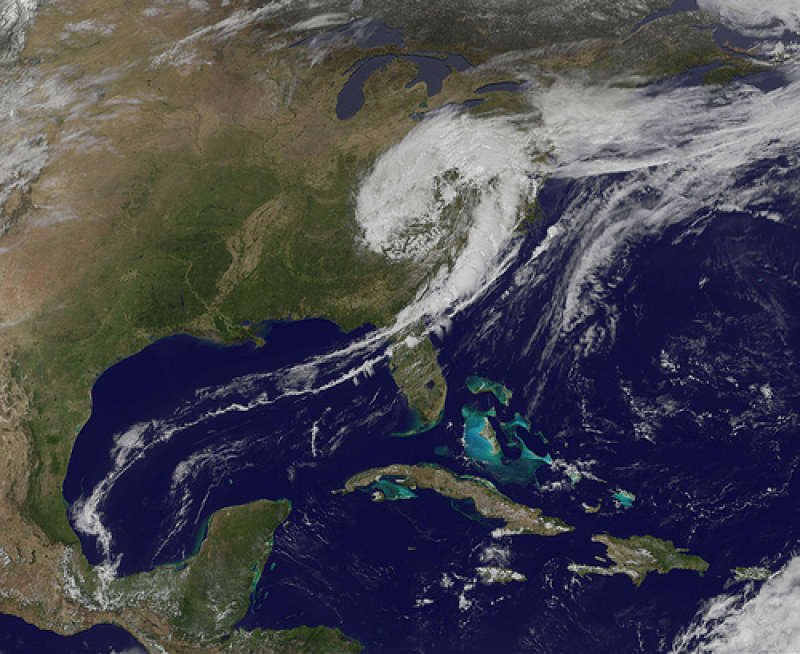
NASA is currently preparing to launch a new satellite that will provide a more accurate way of weather forecasting by analyzing Earth's soil moisture, Noozhawk reported.
Details of the Soil Moisture Active Passive (SMAP) satellite were unveiled by the space agency's scientists during a media briefing on Thursday.
According to Amanda Leon of the National Snow and Ice Data Center, a partner of NASA in the project, SMAP will provide a more comprehensive approach in studying the moisture conditions of soil, 9News has learned.
Studying soil is an important part in weather forecasting since high moisture levels increases the chances of precipitation, Live Science reported.
Previously, studying soil moisture relied on using ground-based probes. Through SMAP, scientists will be able to study moisture conditions in different parts of the world.
The satellite works by collecting high-resolution images through its radar and combining it with accurate data captured by its radiometer.
"It's unique because for the first time they are combining a radar instrument, which has a really fine resolution and detail in what it sees, and also a radiometer, which can see through clouds and has other benefits," Leon explained during the briefing.
Christine Bonniksen of NASA and an executive of the SMAP program noted that through the satellite, she and her team will be able to monitor indicators of weather changes.
These will then help them predict when and where flashfloods, droughts and other weather-related disasters could hit.
Aside from these, SMAP can also aid in monitoring disease outbreaks such as those caused by mosquitoes.
"This information will improve our knowledge of water, climate over land, as well as water-related hazards," Bonniksen during the briefing. "As a result soil moisture impacts many areas of human interest, including flood, drought, disease control and weather."
The satellite is scheduled to orbit Earth after its launch on Jan. 29. It will be carried by NASA's Delta II rocket, which will take off from California's Vanderberg Air Force Base.



















